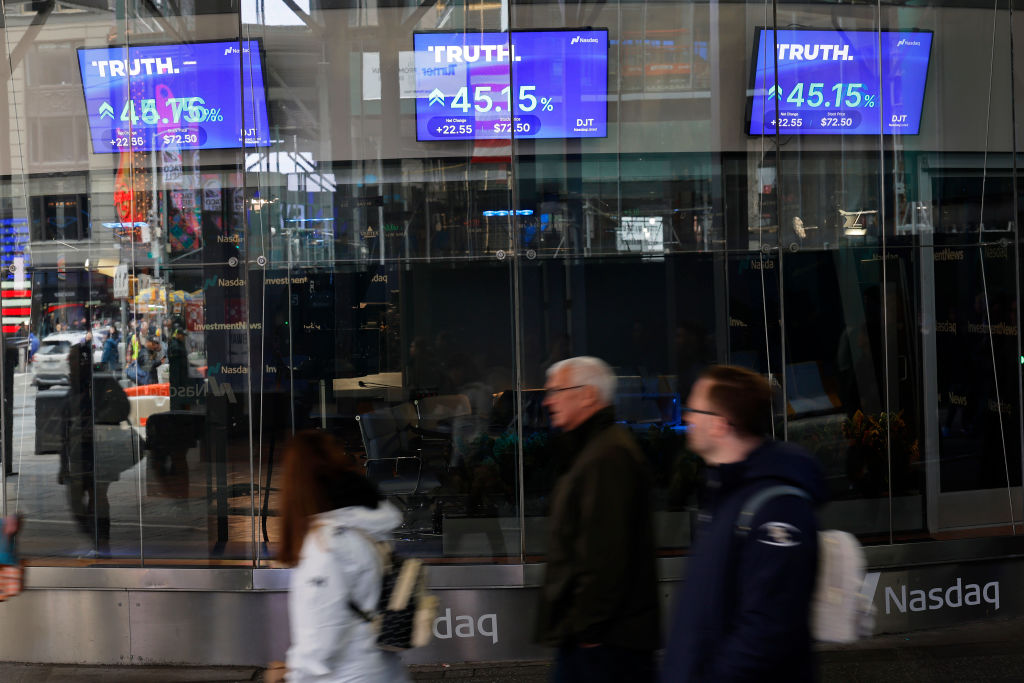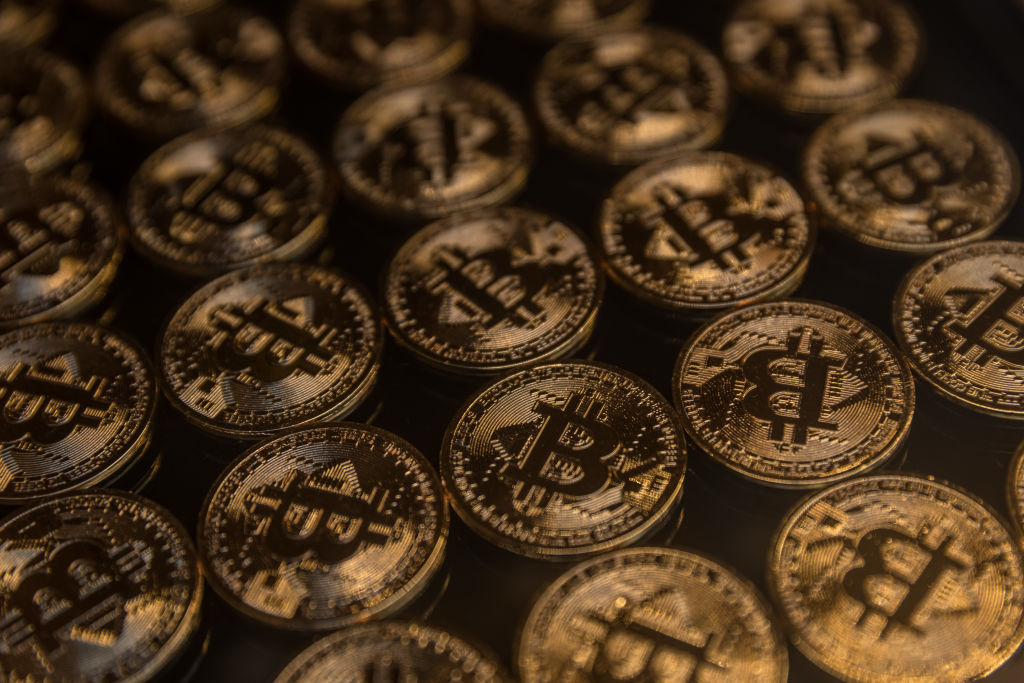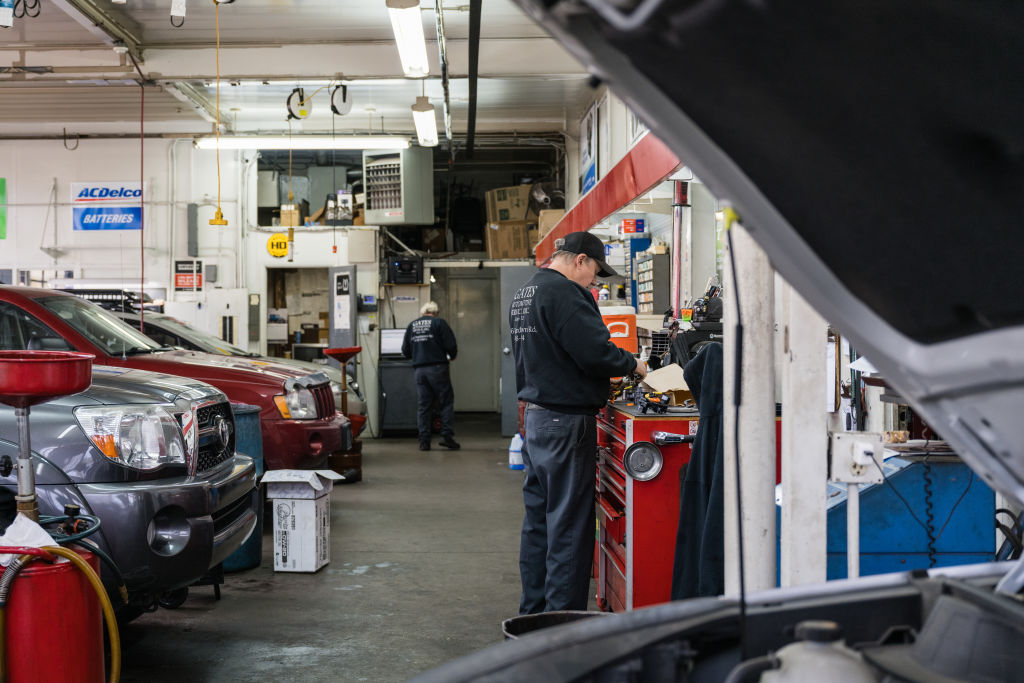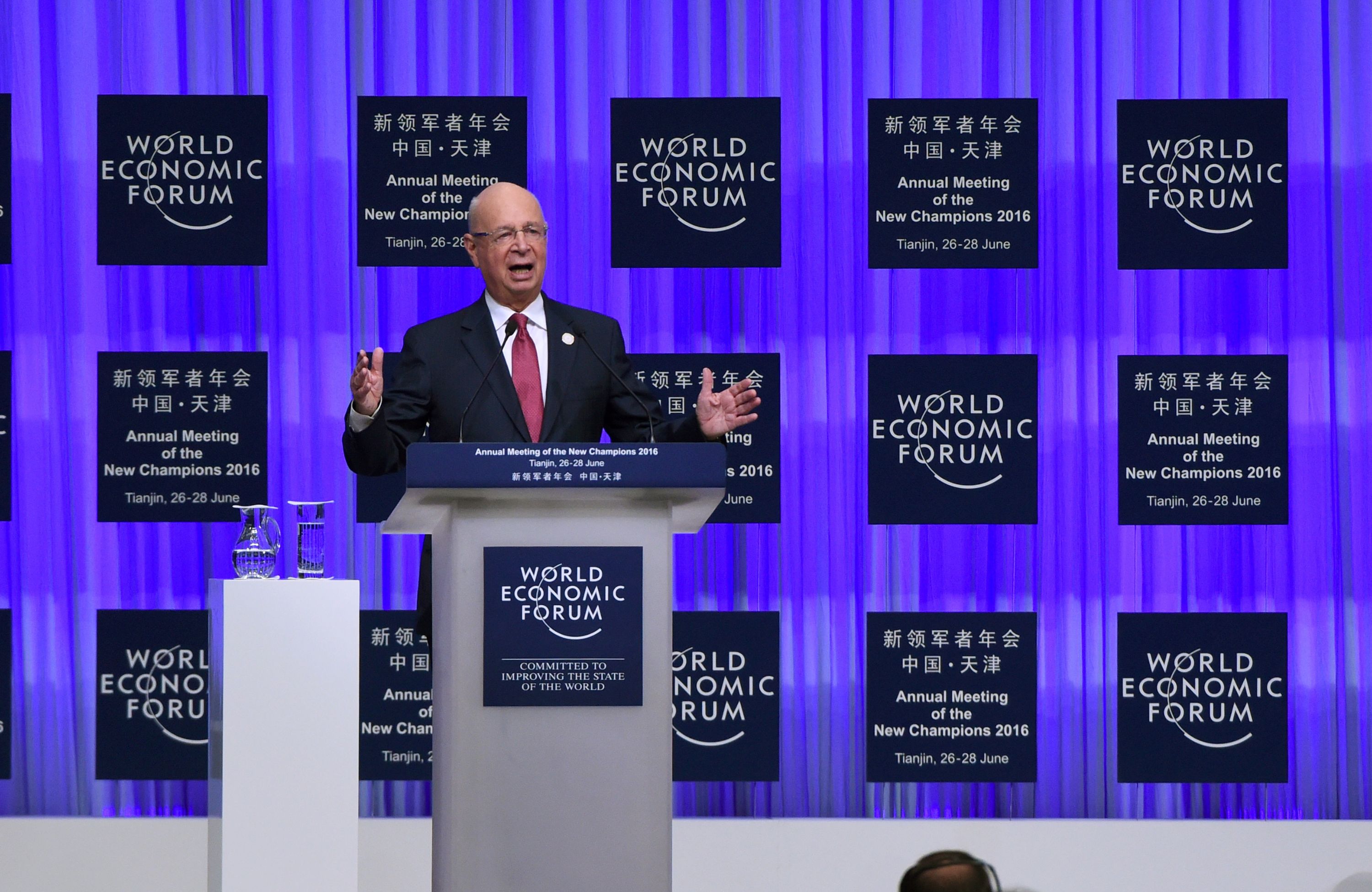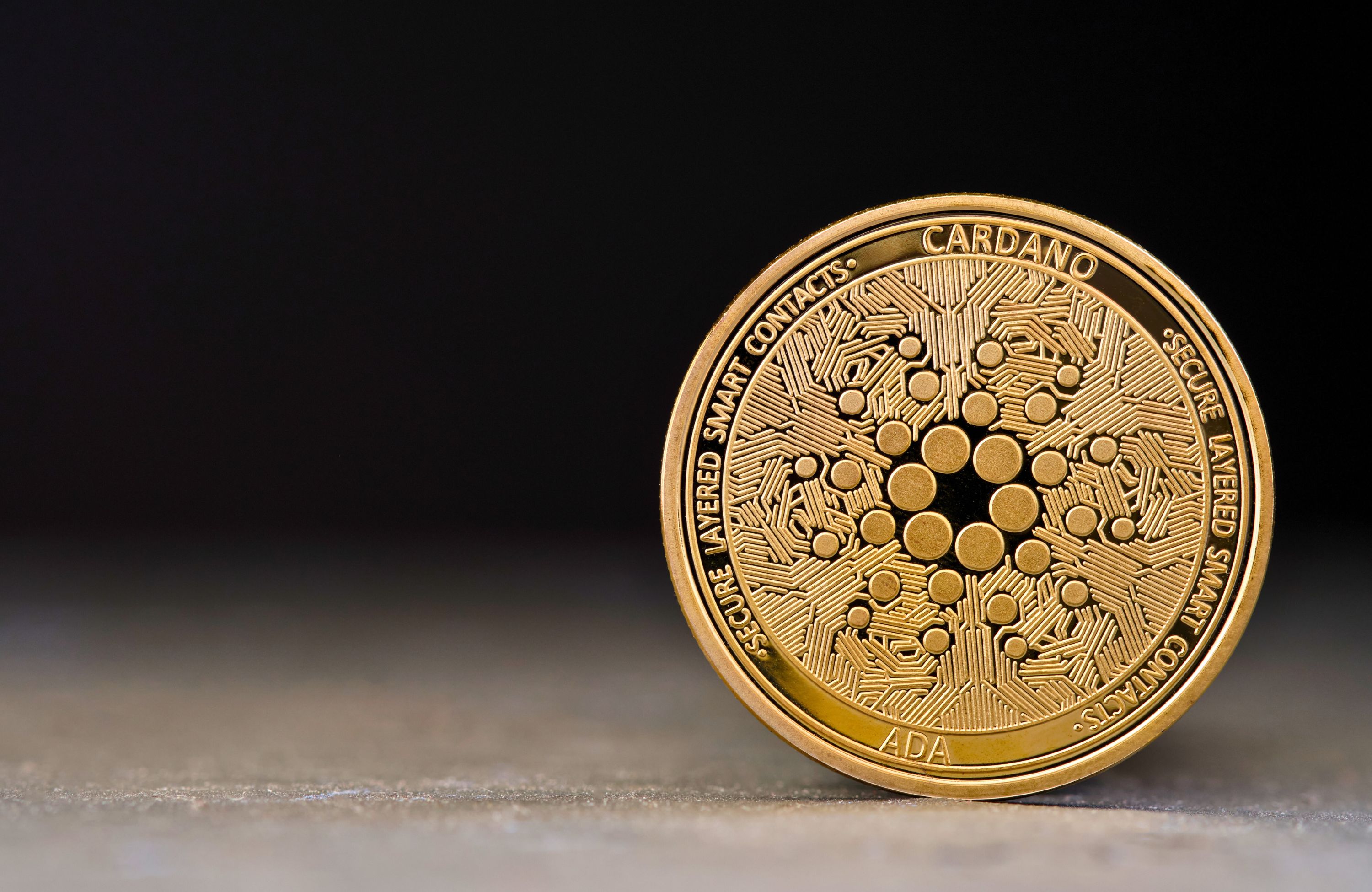Stressed About Economic Uncertainty? Lear Capital Says Consider These 3 Ways To Diversify Your Portfolio

With the persistent fears of a recession and other challenging economic conditions, some investors may be looking for portfolio diversification options they feel would reduce their exposure to risk and increase the chance for favorable results, according to Kevin DeMeritt, founder and chairman of precious metals firm Lear Capital.
"Diversification usually works out much, much better over the long term than a put-one-egg-in-your-basket-and-watch-it-closely mindset," DeMeritt says.
Americans can benefit from having private savings to supplement any Social Security funds they receive in retirement; retirees who received income from pensions, investments, or other sources are much more likely to say they're doing at least OK financially, compared to retirees who have no private income, according to a Board of Governors of the Federal Reserve System report issued in May.
Americans' progress toward retirement savings goals, however, declined last year - only 31% of non-retirees thought their savings plan was on track, down from 40% in 2021, and the percentage of people with no retirement savings at all increased, rising from 25% to 28%.
If you've been concerned about the recent volatility in the market and the effect it could have on your investments, the following three diversification approaches could potentially reduce risk and help maximize your savings efforts.
IRAs and Defined Contribution Plans
Traditional individual retirement accounts that typically contain a combination of items like stocks and bonds to help spread out the involved investment risk are popular savings options.
A third of Americans, 33%, have an IRA, according to Federal Reserve findings. More than half of Americans, 54%, have a defined contribution plan, such as an employer-sponsored 401(k) or 403(b).
Both IRAs and 401(k)s offer a number of savings benefits. Contributions may be at least partially deductible, for instance, and earnings and gains often aren't taxed until you begin withdrawing from an IRA.
The involved investments are still subject to market fluctuations, and you may have a limited choice of investment options, particularly within a 401(k), according to The Motley Fool's comparison of the two investment vehicles. Contribution limits can also apply, and fees may be involved if you're buying shares in mutual funds through a 401(k) plan.
You'll also have to wait to access your earnings. Withdrawing funds from a 401(k) or IRA before a certain point - typically age 59 1/2 - will incur penalties that could zap 10% of what you've saved.
Collectibles
Some investors like investing in a tangible item - such as a painting or classic car - that they hope will produce a long-term return. The approach can potentially pay off: Art, in particular, can grow in value - it rose by 29% last year, according to the Knight Frank Luxury Investment Index, which tracks high-end asset performance.
Investors need to be willing to wait. According to ArtTactic, there is a significantly higher risk of monetary loss if artwork bought at an auction is resold within five years; the average holding period is, in fact, more than 25 years.
The market analysis firm's examination of 82 art auction sales found items that were owned for that length of time produced an annual return of 7.1% - notably above the average S&P 500 index return, which is 6.6%.
Collectibles may not be the best fit for investors who are looking for quicker profitability; their storage can also be a consideration - private space for fine art in Manhattan can cost from $10 to $12.50 per square foot a month - and some uncertainty can surround collectibles' price. Items may not increase in value quite the way you'd initially hoped; even if they do, you'll still need to find a buyer for them to benefit.
Gold, Silver, and Platinum Assets
Value is also a factor in physical precious metal asset-based investments - which, like collectibles, can increase in price over time. Historically, though, gold, silver, and platinum asset prices have remained steady or increased in value fairly consistently.
While various elements can affect collectibles' prices - including changes in the demand for the items - and stocks tend to vacillate in response to economic and other conditions, precious metals, Kevin DeMeritt says, have an inherent value because of the limited supply, which has led to a generally more consistent price performance.
Gold's value, for example, has risen an impressive 566% during the past 22 years, according to Lear Capital data.
"Gold typically has an inverse relationship to stocks and other types of assets," Kevin DeMeritt says. "In times of war or terrorism, usually you're going to find the markets become extremely volatile; nobody knows what's going on from day to day. The asset that gives you some stability while all of those uncertainties are happening typically is gold."
Some investors, as a result, have added gold, platinum, or silver to their portfolio to act as a buffer against other investments' possible losses, according to Kevin DeMeritt.
"The economic uncertainty right now is a big factor," he says. "Gold is used to diversify during recessions, market volatility, and war. When investors are worried about the economy, usually you get more people turning to gold, which can drive up its price - we're starting to see that more and more."
Through a self-directed gold IRA like Lear Capital's Lear Advantage IRA, investors can reallocate investment funds to purchase physical precious metal assets - and obtain the benefit of having a palpable item that's generally more liquid than a piece of art or other collectible, which would require an extended period of investment.
Investors who are close to retirement are particularly showing interest in physical precious metal asset-based investments, according to Kevin DeMeritt.
"Gold can be a great diversification tool," he says. "Through these past 10 or 15 years, they've been after capital appreciation so they have more and more to retire on. They want to make sure they have stability in their portfolio - so we're starting to see people take some portion of their investments and move [it] over to have the diversification and security [of] precious metals."


